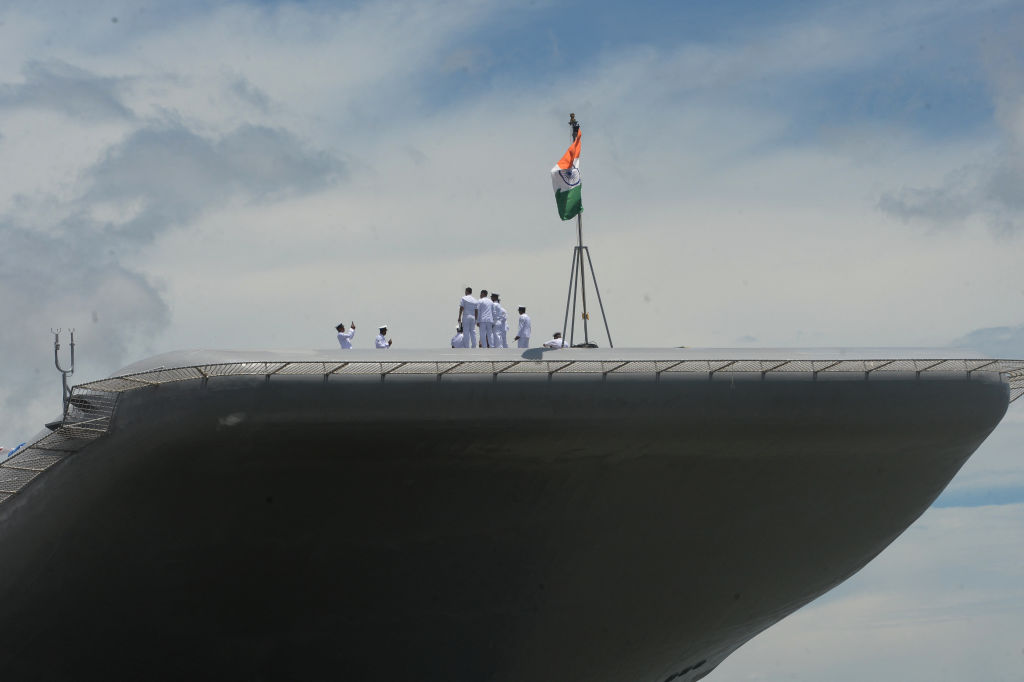Chandler Myers

Debate on India’s international weapons trade between its major defence partners, Russia, France and the United States, has muted its domestic defence struggles. Upgrading the impact of India’s defence industrial base is a net positive for its security, such as increasing its asymmetric military power against Pakistan and shrinking its economic and military power disparity against China.
Unlike the US and other major Western democracies, India has developed a defence industrial base that’s more akin to China’s or Russia’s, because its defence enterprise is mainly state owned and directed. Roughly 80% of the network of defence companies that make up India’s defence enterprise is owned and controlled by the government. India’s government-owned defence base comprises 41 ordnance factories, 16 defence public sector undertakings, and the Defence Research and Development Organisation that powers its defence research with more than 50 laboratories.
There are reasons to be proud of the defence legacy that has survived since the 1950s, but innovation is not one of them. Unfortunately, arguments that support giving India’s private defence sector greater liberty to influence India’s military-technology development are almost as old. Serious reforms would mean those at the top of India’s defence-related state-owned enterprises lose their political decision weight and likely incur financial losses.
Although not ideal by Western standards, since Narendra Modi became prime minister in 2014, India has made noteworthy structural changes to its defence industrial base. These changes include sequential increases in foreign direct investment, up from 49% to 74% (2020) and to 100% (2022); joint ventures for weapons development with the US and Russia, among others; and greater promotion of ‘Make in India’ initiatives through the defence production and export promotion policy.
But in spite of an improved structural regulatory environment, India still relies heavily on foreign investments for its defence modernisation and indigenisation. For now, this national-level business model is logical in a country with complex security interests that don’t always align neatly with the West’s or East’s.
A healthier business environment still has not produced the successes India imagined when policies removed obstacles the private sector had. India’s indigenously built aircraft carrier, INS Vikrant, is instructive here. Shipbuilding and maritime technology-focused companies in both the public sector and private sector (such as the Indian conglomerate Tata Group) played a role in the ship’s construction.
Construction of the Vikrant started in 2009 with an original target commissioning date in 2016, though the ship was not actually commissioned until early September 2022. The project was beset by multilayered supply, mechanical, funding and bureaucratic delays. Counterintuitively, India’s massive state-led defence sector, meant to discipline technology and manufacturing industries into action for its national security needs, has been a significant hurdle to overcome in producing effectual and on-time results. Modi even had to step in not long after assuming the premiership to release Rs 19,000 crore (approximately $3.18 billion) in funding to continue the ship’s construction.
Externally, Modi’s government should continue to pursue defence partnerships that shore up India’s military-technological bloated inefficiencies, like with Australia, Japan and Israel, especially following the return of Benjamin Netanyahu as Israel’s prime minister.
But looking elsewhere won’t solve India’s defence bureaucracy headaches. India should re-examine its private-sector incentives and perform routine third-party blind reviews to minimise and reveal its long-practised ineffective defence acquisition processes. More broadly, these reviews could also help quicken India’s military-technological advancements vis-à-vis China.
No comments:
Post a Comment